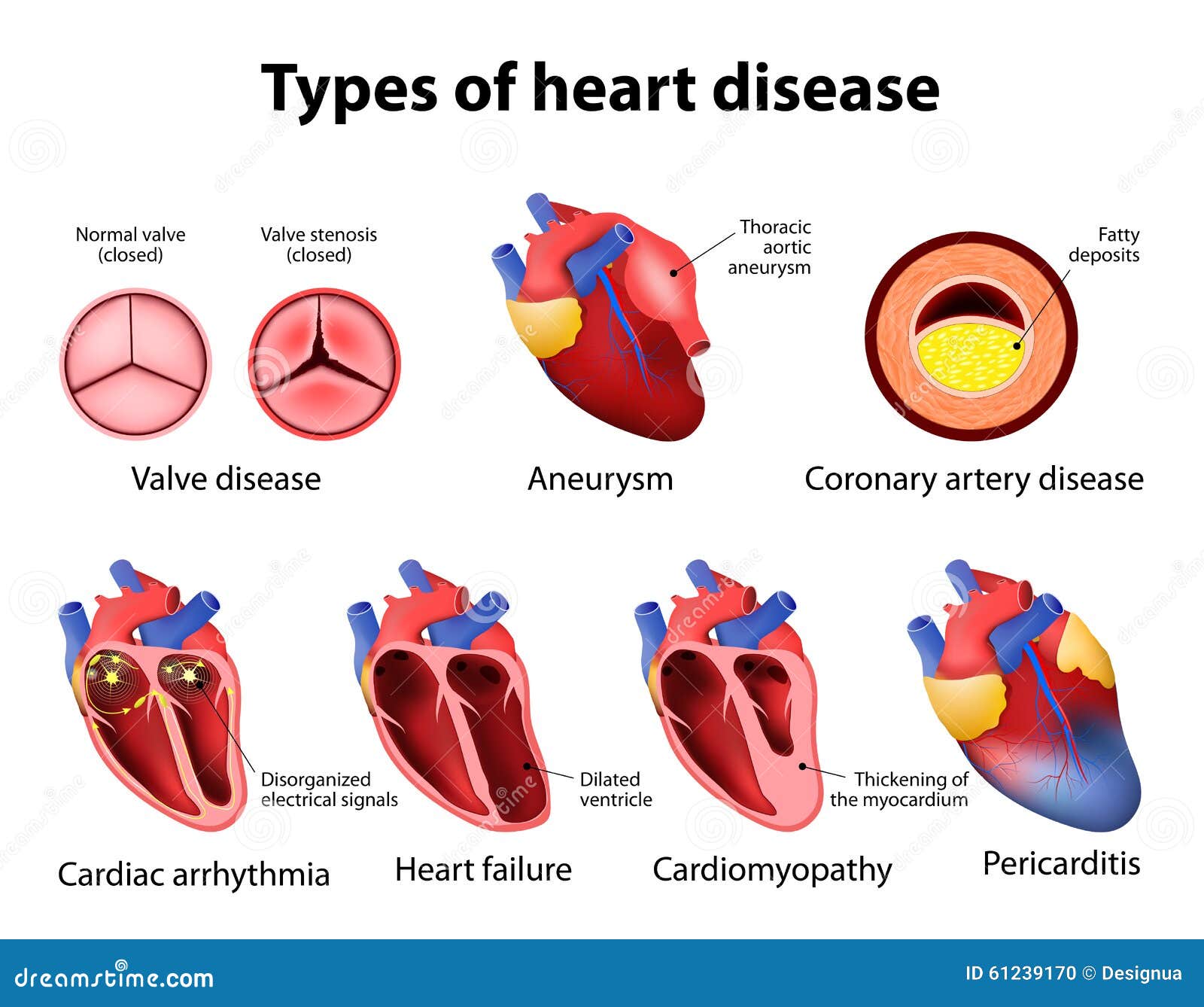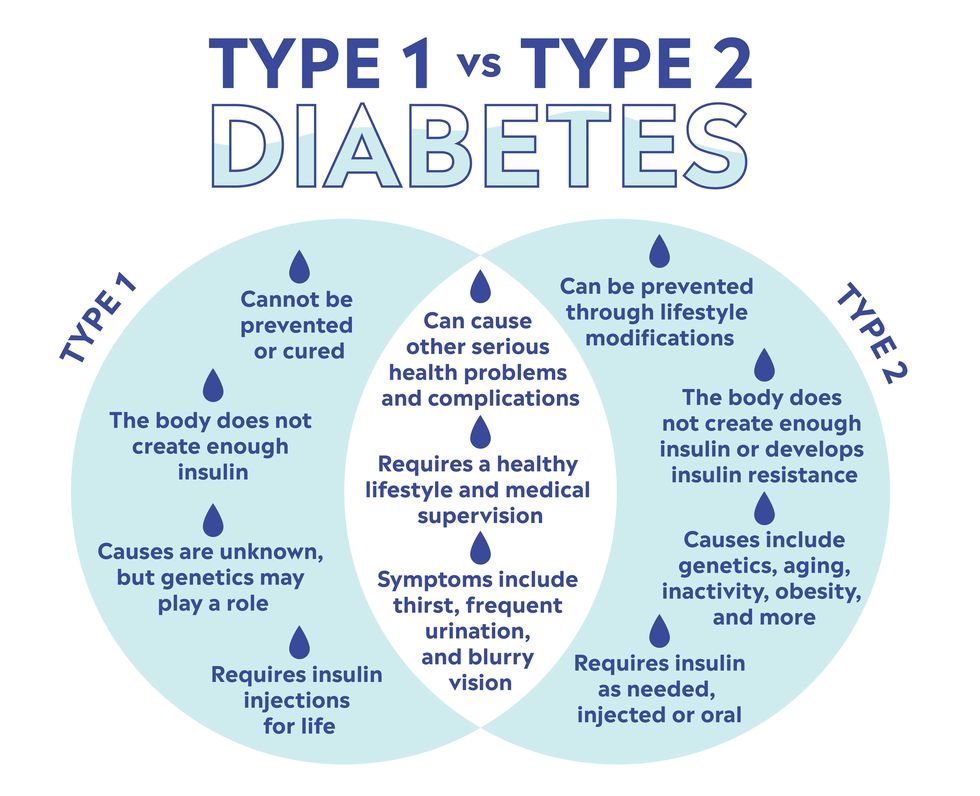Chronic Health Problems
Chronic illness is the illness that persists for a long period. Chronic illnesses include many major chronic health problems and conditions. Four major chronic disorders-
- Heart disease.
- Hypertension.
- Stroke.
- Diabetes.
All four involve the circulatory and/or metabolic system and often represent co-occurring disorders, especially in older adults.
1. Heart Disease
Coronary heart disease (CHD) is a general term that refers to illnesses caused by atherosclerosis, the narrowing of the coronary arteries, the vessels that supply the heart with blood. When these vessels become narrowed or closed, the flow of oxygen and nourishment to the heart is partially or completely obstructed.
Temporary shortages of oxygen and nourishment frequently cause pain, called angina pectoris, that radiates across the chest and arm. When severe deprivation occurs, a heart attack (myocardial infarction) can result.
Risk factors for CHD include high cholesterol, high blood pressure, elevated levels of inflammation, and diabetes, as well as behavioral factors of cigarette smoking, obesity, and little exercise.

Types of Heart Disease
Identifying people with metabolic syndrome also helps predict heart attacks. Metabolic syndrome diagnosed when a person has three or more of the following problems:
- Obesity centered around the waist
- High blood pressure
- Low levels of HDL, the so- called good cholesterol;
- Difficulty metabolizing blood sugar, an indicator of risk for diabetes;
- High levels of triglycerides, which are related to bad cholesterol.
However, all known risk factors together account for less than half of all newly diagnosed cases of CHD; accordingly, a number of risk factors remain to be identified.
Stress and CHD
Stress is an important culprit in the development of CHD and may interact with genetically based weaknesses to increase its likelihood. Extensive research links chronic and acute stress to CHD and to adverse clinical events
Acute stress involving emotional pressure, anger, extreme excitement, negative emotions, and sudden bursts of activity can precipitate sudden clinical events, such as a heart attack, angina, or death.
Risk factors for heart disease are more common in individuals low in SES, especially men, and the symptoms of cardiovascular disease develop earlier.
People who think of themselves as low in social standing are also more likely to have cardiovascular profiles reflecting the metabolic syndrome.
2. Hypertension
Hypertension, also known as high blood pressure or cardiovascular disease (CVD), occurs when the supply of blood through the vessels is excessive.
It can occur when cardiac output is too high, which puts pressure on the arterial walls as blood flow increases. It also occurs in response to peripheral resistance, that is, the resistance to blood flow in the small arteries of the body.
Hypertension is a serious medical problem. It is a risk factor for other disorders, such as heart disease and kidney failure.
Untreated hypertension can affect cognitive functioning, producing problems in learning, memory, attention, abstract reasoning, mental flexibility, and other cognitive skills. These problems are particularly significant among young hypertensives. Given the risks and scope of hypertension, early diagnosis and treatment are essential.
Hypertension has been controlled in a variety of ways. Most commonly, it is treated through drugs. Patients are also put on low-sodium diets and urged to reduce their consumption of alcohol. There is strong urge to reduce weight in overweight patients. And exercise is recommended for all hypertensive patients.
3. Stroke
Stroke, the third major cause of death. It results from a disturbance in blood flow to the brain. Some strokes occur when blood flow to localized areas of the brain is interrupted, which can result from arteriosclerosis or hypertension.
For example, when arteriosclerotic plaques damage the cerebral blood vessels, the damaged area may trap blood clots (thrombi) or produce circulating blood clots (emboli) that block the flow of blood.
Cerebral hemorrhage (bleeding caused by the rupture of a blood vessel in the brain) can also cause Stroke. When blood leaks into the brain, large areas of nervous tissue compresses against the skull, producing widespread or fatal damage.

Types of Strokes
Risk factors for stroke overlap heavily with those for heart disease. They include high blood pressure, heart disease, cigarette smoking, a high red blood cell count, and transient ischemic attacks.
Transient ischemic attacks (TIAs) are little strokes that produce temporary weakness, clumsiness, or loss of feeling in one side or limb; a temporary dimness or loss of vision; or a temporary loss of speech or difficulty understanding speech.
4. Type II Diabetes
Type II diabetes is the third most common chronic illness in this country and one of the leading causes of death. It estimates to cause approximately 48,400 cases of kidney failure, 24,000 cases of blindness, and 65,700 amputations yearly. About 68 percent of deaths among people with diabetes are due to heart disease and stroke.
The incidence of cases of Type II diabetes is increasing so rapidly that it considered a pandemic. Type II (or non-insulin-dependent) diabetes was typically a disorder of middle and old age. As obesity has become rampant and the consumption of sugary foods and drinks has increased, Type II diabetes, to which these factors are contributors, has become more prevalent, especially at earlier ages.

Types of Diabetes
Children and adolescents are now at risk for Type II diabetics, and moreover, the disease progresses more rapidly and is harder to treat in younger people. As a result, Type II diabetes is a major and growing chronic health problem.
5. Aids
Acquired immune deficiency syndrome (AIDS) seems to have begun in central Africa, perhaps in the early 1970s. It spread rapidly throughout Zaire, Uganda, and other central African nations, largely because its causes were not clear.
A high rate of extramarital sex, a lack of condom use, and a high rate of gonorrhea facilitated the spread of the AIDS virus in the heterosexual population. Medical clinics inadvertently promoted the spread of AIDS because, in attempting to vaccinate as many people as possible against common diseases in the area, needles were used over and over again, promoting the exchange of fluids.
The viral agent is a retrovirus, the human immunodeficiency virus (HIV), and it attacks the helper T cells and macrophages of the immune system. The virus transmitted exclusively by the exchange of cell-containing bodily fluids, especially semen and blood.
The period between contracting the virus and developing symptoms of AIDS is variable, with some people developing symptoms quite quickly and others free of symptoms for years. Thus, a person may test HIV-seropositive (HIV + ) but be free of AIDS. And during the asymptomatic period, pass on the virus to many other people.
Read More- Therapies for HIV/AIDS
How is HIV transmitted?
Among drug users, needle sharing leads to the exchange of bodily fluids, thereby spreading the virus. Among men who have sex with men, exchange of the virus has been tied to sexual practices. Especially anal-receptive sex involving the exchange of semen without a condom. In the heterosexual population, vaginal intercourse associates with the transmission of AIDS, with women more at risk than men.
The likelihood of developing AIDS increases with the number of sexual partners a person has had and with the number of anonymous sexual partners. Consequently, women working in the sex trade, child and adolescent runaways, and homeless youths are especially vulnerable.
References
Taylor, Shelley E. (2018). Health Psychology (10th Ed). McGraw Hill Higher Education. Indian Edition
Subscribe to Careershodh
Get the latest updates and insights.
Join 15,175 other subscribers!
Niwlikar, B. A. (2022, March 25). 5 Major Chronic Health Problems and Their Important Risk Factors. Careershodh. https://www.careershodh.com/major-chronic-health-problems/
